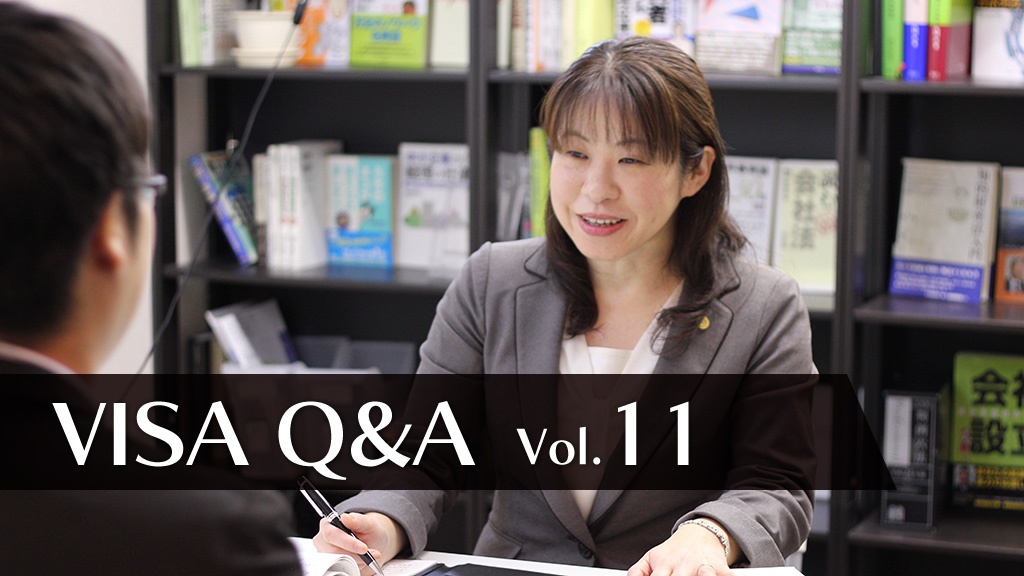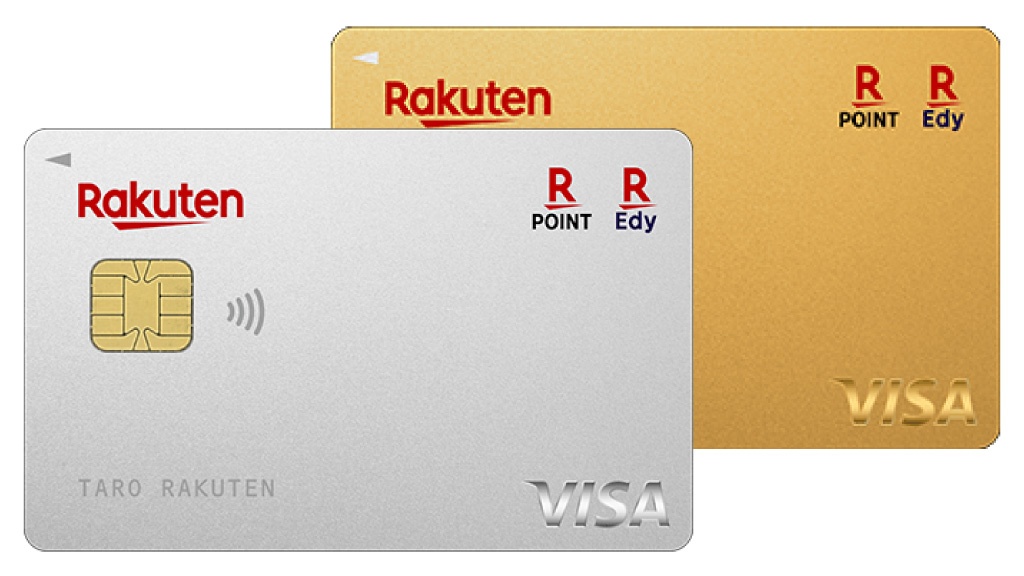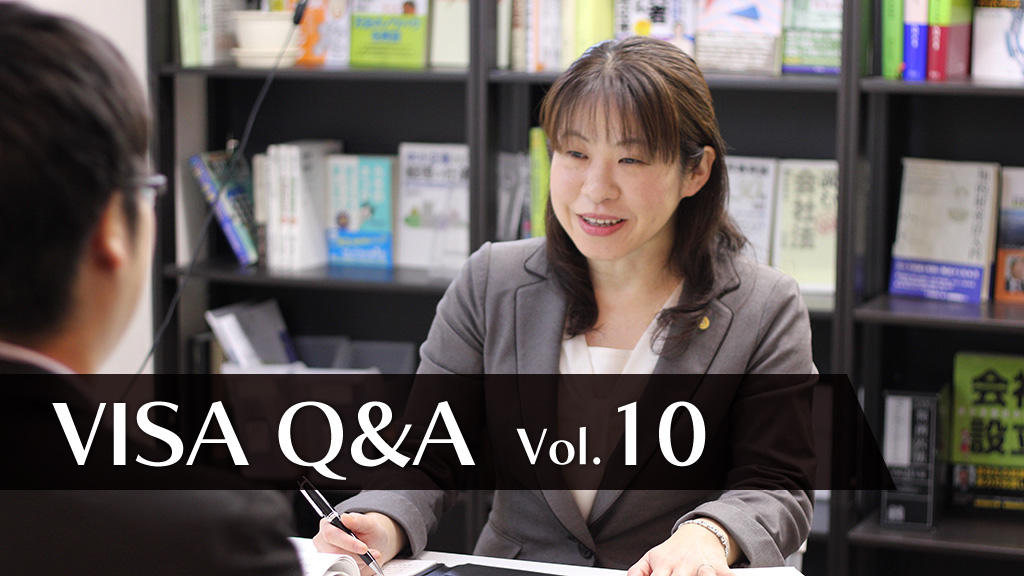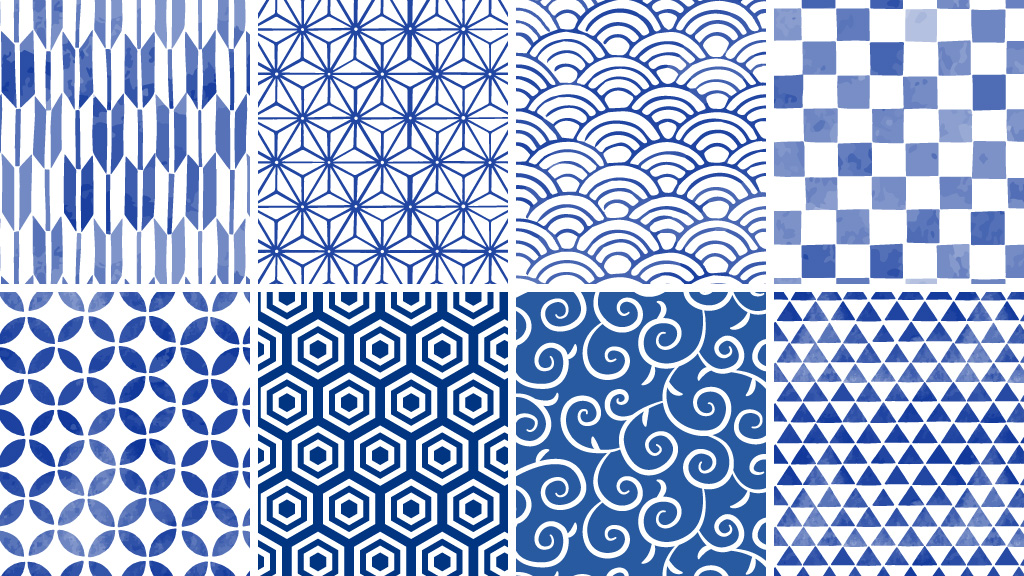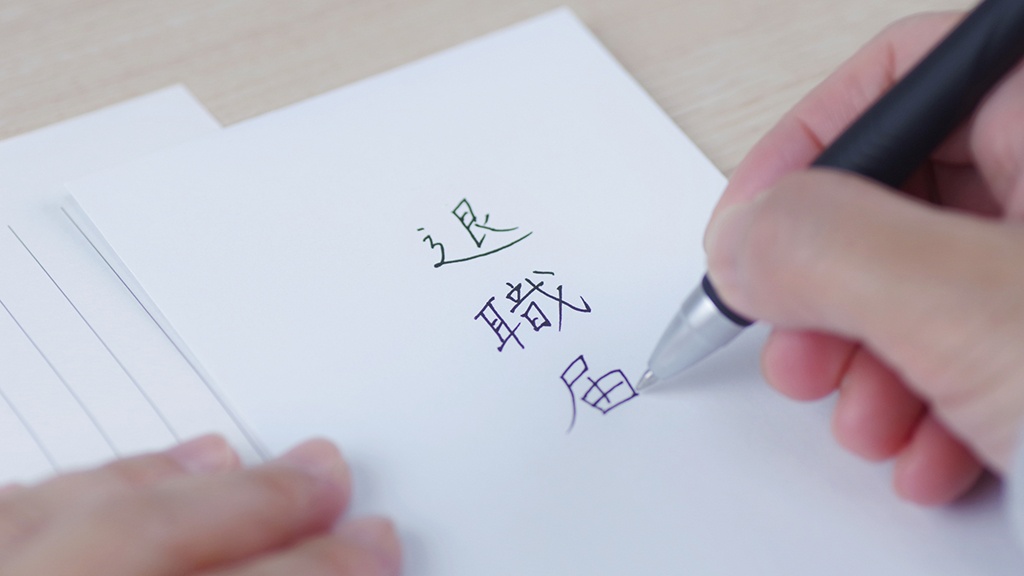Nutritional elements of natto! Benefits and how to eat it!

This post is also available in 日本語
Natto is a fermented food like yoghurt and kimuchi. Many people take aversion to its “distinctive smell and stickiness”, but it is gaining attention due to its reputation as being good for your health.
On this occasion, I would like to introduce you to the attractions of natto and recommended recipes.
Contents
What kind of food is natto?
Fermented foods, such as miso, sake, and soy sauce, are an essential part of Japanese food. Natto is made by taking boiled or steamed soybeans and fermenting them with natto bacteria In the past, the method of making them involved the steamed soybeans being wrapped in straw and the natto bacteria attached to the straw being transferred to the soybeans.



How to choose natto
You can choose the natto you like based on the size of the bean pieces, type of beans, container, production location, and taste of the sauce.
Size of the pieces
- Large pieces
These are very filling and not so sticky. - Small pieces/ultra-small pieces
These are easy to mix with rice and simple to eat. They are very sticky. They are popular and there are a large number of products. - “Hikiwari”
The soybeans are finely chopped and made into natto after being peeled. These are easy to eat and have a pungent smell.
Type of beans
Most products are made from yellow soybeans, but there is natto made from “edamame” in a number of different stages of development such as “Aodaizu” when the skin is green or “Kuromame” black beans.
Nutritional elements included in natto
Natto can be obtained comparatively cheaply anywhere in Japan and contains a lot of nutritional elements beneficial for your health, giving it the reputation of being a “food that is high in terms of cost performance”. Let us look at some of its notable nutritional elements.
| Isoflavone | This is a type of polyphenol. It is said to prevent osteoporosis and have anti-aging benefits. One pack of natto (50g) contains the recommended daily intake of this element. https://www.fsc.go.jp/sonota/daizu_isoflavone.html |
| Nattokinase | This is a proteolytic enzyme contained in its stickiness. It works to dissolve blood clots. As it is weak against heat, take care not to overheat. One pack (50g) contains approximately 75% of the recommended daily intake. http://j-nattokinase.org/nattokinase/ |
| Dietary fiber | Effect of eliminating constipation and detoxifying the body. This also has the ratio of “2:1 in terms of insoluble dietary fiber vs soluble dietary fiber” considered ideal for maintaining the health of the intestines. One pack (50g) contains approximately 25% of the recommended daily intake. https://www.otsuka.co.jp/health-and-illness/fiber/ |
How to eat natto and some recommended recipes
Natto can be eaten by mixing with soy sauce or the sauce/mustard that accompanies it, and then pouring over rice. You can then add mustard, chopped leek, bonito flakes, and/or egg. As the nutritional value of natto decreases when heated, we recommend eating while cold.
Mix
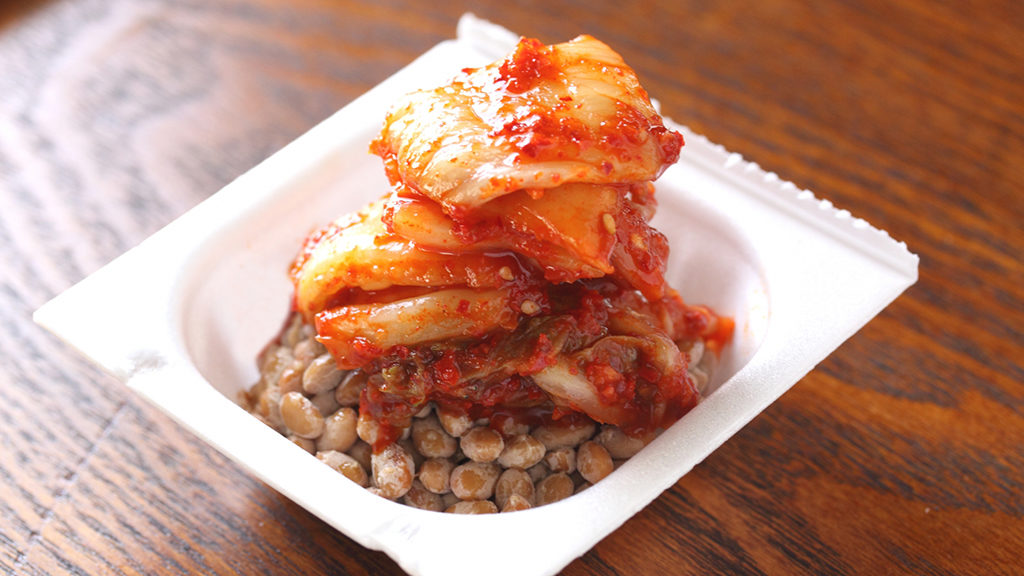
By mixing it with a number of different foods, you can make side dishes such as egg natto, kimuchi natto, okura natto, or squid natto. When adding tomato, avocado, cheese, or the like, you should cut them into a size that can easily be mixed with natto or make into a paste before mixing.
Wrap

You can add it to make “natto chinchaku (purse)”, natto gyoza (dumplings)”, “natto-age (fried natto)” or with fried egg. You can combine natto with other ingredients and wrap in the skin of abura-age (fried tofu), gyoza skins, or wantan skins. Mixing with cooked egg is also recommended.
Noodles
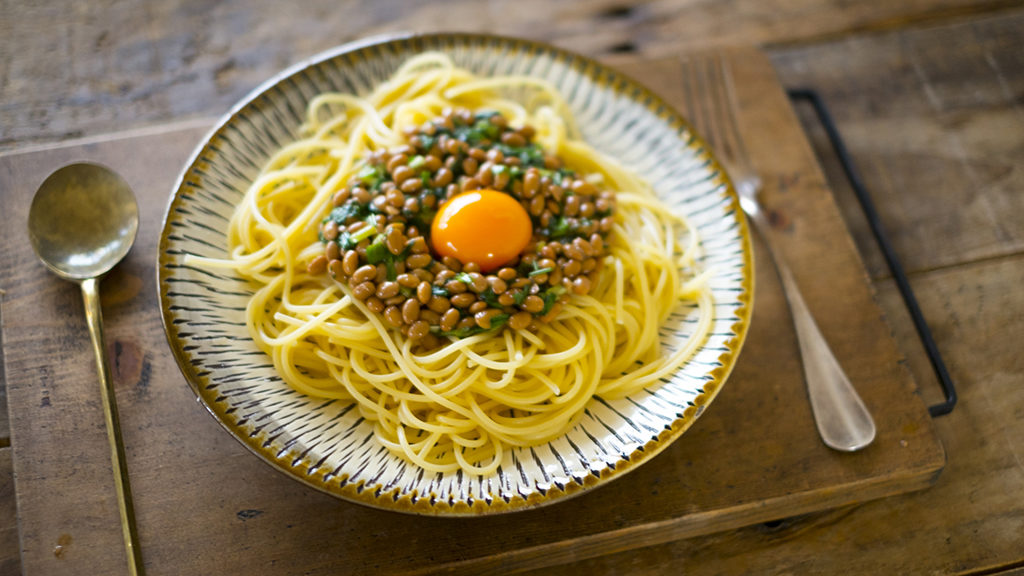
Natto pasta, natto udon, natto soba. Natto goes well with noodle products and can be made very simply. To prevent loss of its nutritional value, we recommend mixing it with cold noodles. In addition to Japanese-style ingredients, you can also mix with western-style ingredients such as avocado, butter, or olive oil.
Natto toast
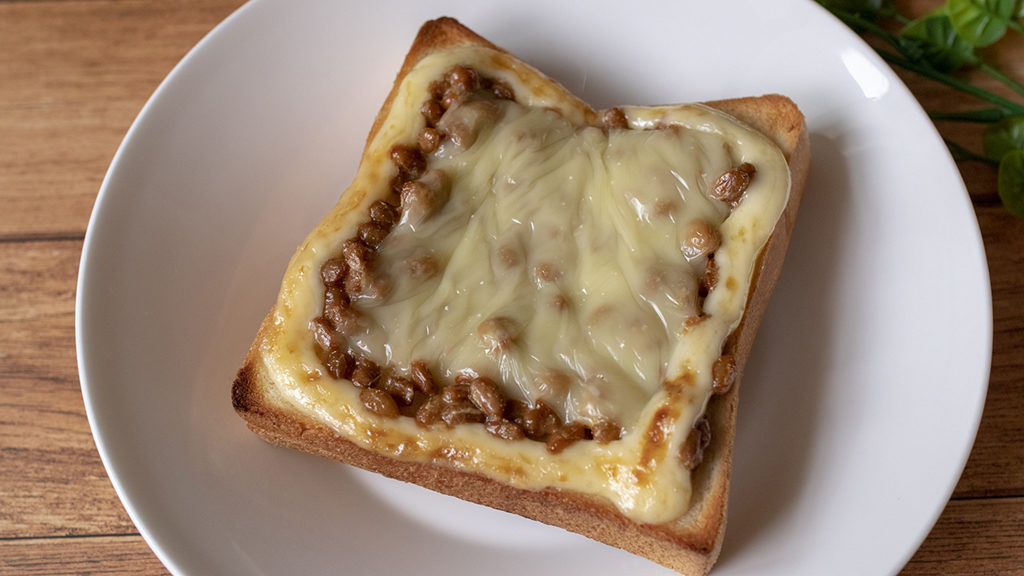
Although its taste divides opinion, mixing natto with bread is also popular. You can take ”hikiwari” natto, add chopped onion and green pepper, sprinkle on grated cheese, and toast in a toaster.
Warning against overeating
However good a food product is for your health, you should be careful not to eat too much of it.
For example, in the case of natto, in just one pack (50g) there is 100kcal. It also contains 37mg of isoflavone for which 70mg is considered to be the daily limit. Considering the fact that you also eat tofu and miso, try to stick to one pack per day.
https://www.mylohas.net/2017/10/065302natto.html
Additionally, those people taking the drug “Warfarin”, which smooths the flow of your blood and prevents blood clots should not eat natto. Check first with your doctor or pharmacist.
https://www.min-iren.gr.jp/?p=27219
- What are “Wagara (traditional Japanese patterns)”? Meaning and Prayers Accompanying the Main Japanese Patterns
- Types of Sushi and Its History
- Easily Explained. What is “Furusato Nozei”?
- Katakana words, what do they mean? “Icons, remote controls, computers…”
- [2021 | Tokyo] Four Japanese language schools recommended





